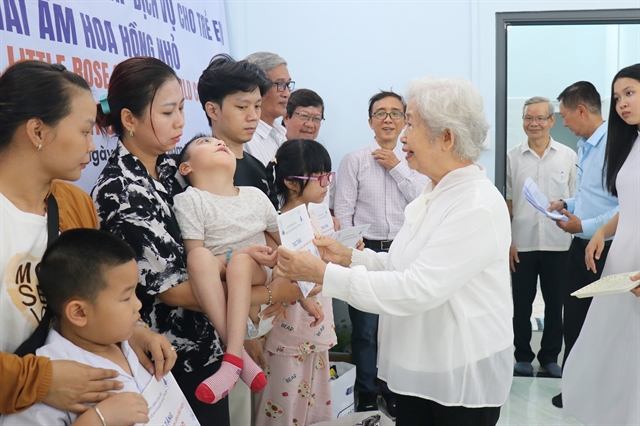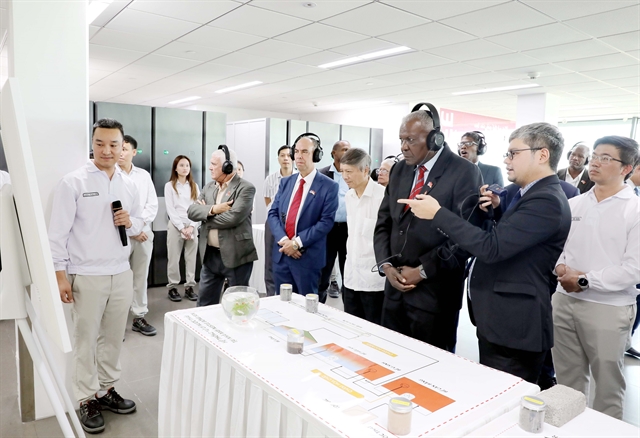 Economy
Economy

 |
| A view of Phú Mỹ Hưng City Centre in District 7 of HCM City. With the recent improvements in social and economic development, the city was named as an emerging city in the region. — VNS Photo Thu Ngân |
HCM CITY — HCM City and Hà Nội, the two major cities in Việt Nam, have recently been acknowledged as emerging cities in the Asia Pacific region by Cushman & Wakefield.
In its inaugural "The Inclusive Cities Barometer for Asia Pacific" report, Cushman & Wakefield assessed the performance of 35 cities across four inclusivity dimensions: economic, social, spatial, and environmental.
The report aims to initiate a data-driven conversation on how real estate activities impact urban inclusion and the social fabric of cities.
Dominic Brown, head of international research at Cushman & Wakefield, said: “We analysed almost 4,000 data points covering 110 variables to compile what we believe is the industry’s most comprehensive dataset on inclusive cities. The 35 cities included in this first report are at varying stages of their journey towards more inclusive and vibrant urban environments and by analysing their progress, we can highlight exemplary successes and outline actionable pathways for improvement.”
Cushman & Wakefield highlighted that Hà Nội has shown progress in education, emission reduction, and investment opportunities aimed at enhancing urban integration, in addition to positive aspects such as gender balance, affordable housing, and transportation.
Meanwhile, HCM City stands out for its high population density and young residents who enjoy easy access to healthcare, financial services, and housing. The city has made significant strides in social and economic development and is gradually catching up with other cities in the region.
The report selected 35 Asia Pacific cities based on their representation of around 80 per cent of the region's Grade A office space tracked by Cushman & Wakefield. These cities are grouped into four tiers based on the maturity of their social value creation and inclusivity.
The mature urban centres are cities with a longstanding commitment to social inclusion that prioritise the needs of all citizens, focusing on equal distribution of wealth alongside strong but balanced economic growth.
Social drivers refer to cities demonstrating strong rates of social inclusion across many of the dimensions, although not as mature in their journeys to reduce wealth and lifestyle inequality.
Rapid risers include cities previously constrained by historical limitations on equitable economic and social development that are now rapidly advancing social inclusion initiatives.
In the emerging category are cities at the beginning of their journey to increase rates of inclusivity throughout but with strong ambitions.
Cushman & Wakefield compiled data from leading global third-party sources such as the World Bank and United Nations, as well as insights from peer-reviewed scientific sources and internal experts to develop the barometer.
The real estate sector, including owners, developers, investors, occupiers, and advisors, has a crucial role in shaping urban spaces and influencing communities.
The Inclusive Cities Barometer serves as a tool for the commercial real estate industry to challenge the social norm and provide guidance for integrating social value into decision-making processes, from individual assets to city-wide portfolios. — VNS




